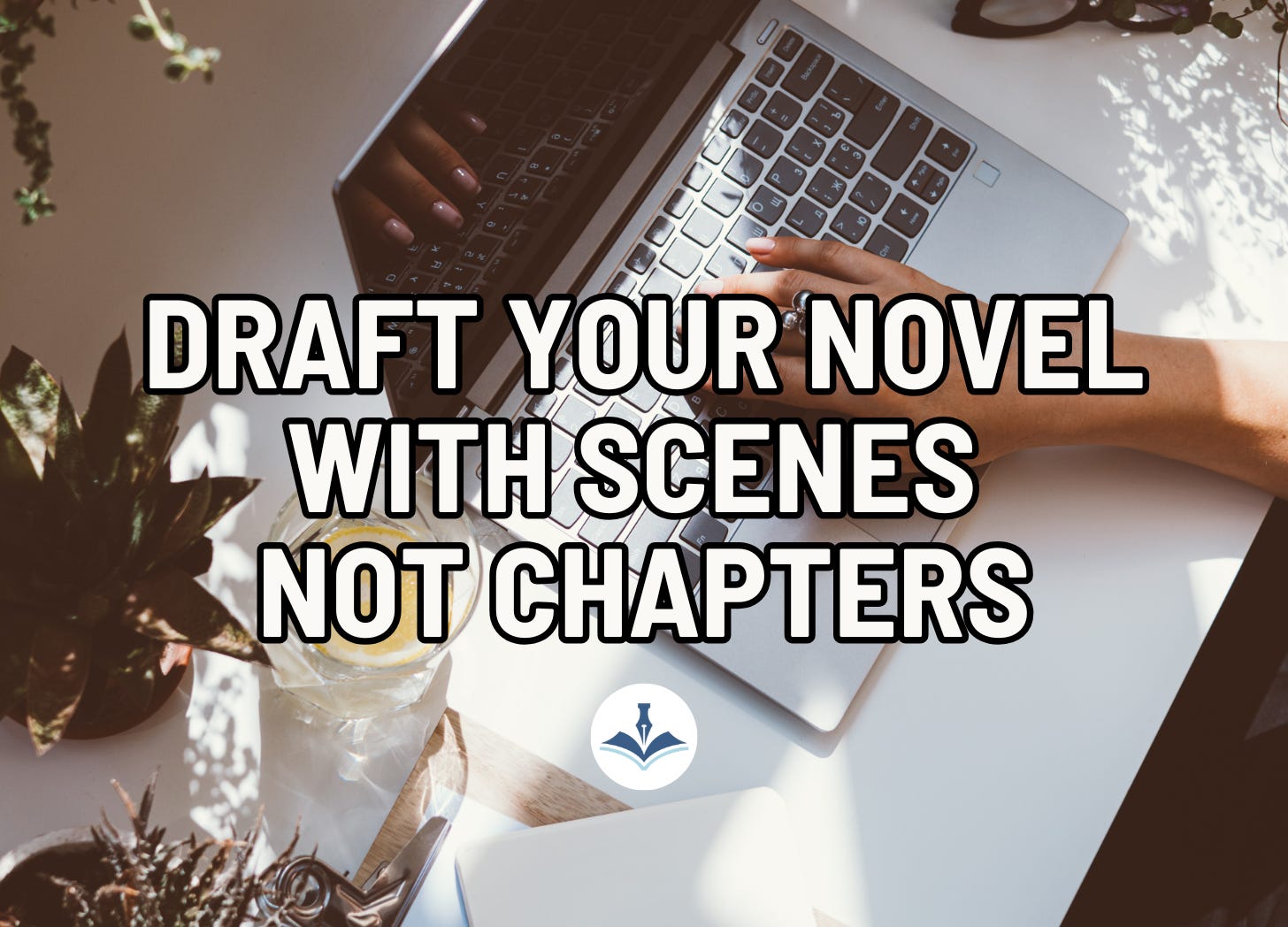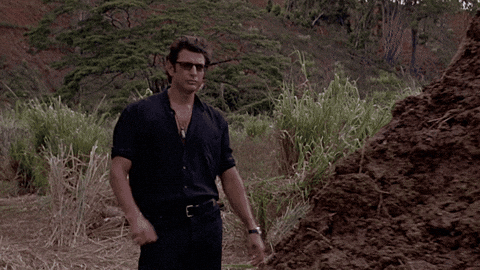Write Your Draft in Scenes Instead of Chapters
This approach made something click in my writer brain 🧠
📢 Big news, plotters.
I’ve decided to start the process of getting my tennis romance idea down on paper.
Here’s the bare bones of what’s set in stone so far — coach(FMC)/pro player(MMC) dynamic to friends to lover and chronic illness representation (I have much research to do on that front).
Yeah, that’s all I got so far, but I think there might be something there.
As you can see, I’m very much in the planning phase, and because of that I’ve been consuming podcasts and blogs like they actual provide nutrition.
And this morning I stumbled upon an episode Savannah Gilbo posted way back in 2020 called 3 Reasons You Should Write in Scenes vs. Chapters—and something clicked in my brain while listening.
So, let’s dive in. Maybe it’ll click something for you too.
Scenes & Chapters Are Different
Way before I was an editor, I was a simple fanfiction writer who only concerned myself with chapters. I didn’t even think about scenes or really what they were, to be honest. And I sure as hell didn’t know scenes had their own structure.
I wrote my fanfictions mostly on vibes, based each chapter off what happened in the chapter before and where I vaguely knew I wanted the story to finish.
Now, as a developmental editor, I’ve learned more about scenes, scene structure, scene and sequel, and more. I know how to apply them to help my authors, but when the tables turn and I’m trying to figure out my own writing it always feels like all the books, courses, and webinars fall right out of my head.
So, it’s fascinating to approach writing craft content from the mind frame of a writer vs. an editor.
Scenes
Scenes are essentially mini story within your overall story. They need their own beginning, middle, and end. They need a change arc from start to finish—Savannah is possibly referencing “value shifts” here from The Story Grid by Shawn Coyne.
Each scene contains a value shift, which describes a universal change from the beginning of the scene to the end of the scene.
In The Story Grid, they mostly talk about scenes going from positive to negative, negative to positive, positive to more positive, negative to more negative.
Chapters
Chapters are arbitrary divisions within your story. Their sole purpose is to help you control how the reader experiences your story. Your scenes will exist within your chapters based on how you decide to break them up.
Sometimes a chapter will consist of a single scene.
Sometimes a chapter will consist of multiple scenes that work together to 1) create a similar point or 2) express a similar message or 3) work together to build to a pivotal moment.
Pacing by chapter means that longer chapters will slow your pacing down while shorter chapters will have the opposite effect.
Here’s Why This Made So Much Sense to Me:
Scenes Make it Easier to Draft Your Novel
Thinking in scenes simplifies the planning of your novel. If you already use scenes to map out your novel before even putting fingers to keyboard, then you know what I’m talking about.
If we breakdown the beginning, middle, and end of stories in general*, the percentages to work with become:
Beginning: 25%
Middle: 50%
End: 25%
*Yes, there’s always some wiggle room to percentages.
You can apply these percentages to your target word count. Let’s use 100,000 words for easy math:
Beginning: 25,000 words
Middle: 50,000 words
End: 25,000 words
You can then break it down further into word count per scene. Savannah suggests keeping your scenes between 1,000-2,000 words, and I agree with her. Remember, we’re not talking chapter word count, we’re talking scene word count right now.
Let’s use 2,000 words for this example (the math isn’t perfect):
Beginning: 13 scenes
Middle: 26 scenes
End: 13 scenes
Of course, your scenes would grow in number if you like to write less per scene. These are just numbers to use as a starting point for mapping out scenes and, later, for drafting.
I’ve always hated math, but when I see thinks break down this simply, it tickles my brain in just the right way.
Working by scene rather than by chapter, will help you see the structure of your story more simply. Using this approach might help you see if your veering off course, or help you get the sense that you might need to raise/lower your word count target. It may also help you figure out if you’ve overwritten your story.
Scenes Take the Stress Out of Writing Chapters
When you think of chapters, you may think about how they begin and how they end. Are they gripping enough to catch the readers attention? Do they end in a way that makes readers want to keep turning the page (e.g., cliffhangers)?
Those worries can freeze your progress. Or result in incomplete scenes.
Working scene by scene means focusing on scene structure, which more often than not will result in a cleaner first draft and a story that works.
And once you have your scenes figured out, you can then go back in and divide them into chapters, ending them at the most exciting/interesting moments to get the reader to keep turning the page.
Scene writing rather than chapter writing can help you move away from writing a plot where a bunch of things happen to scenes that connect, flow, and are impactful to advance the story forward (creating narrative drive).
Scenes Make It Easier to Spot Weaknesses
Finding a weak spot in a scene can be hard when writing chapters if you’re not focused on your chapters being a single scene.
When you write by scene, you’re more likely to see if:
A scene is working
A scene is missing something
A scene isn’t working for your overall narrative
A scene doesn’t move the plot forward
Another great thing about this approach, it makes you much more aware of what needs to be in the story and whether you’re adding too much information by way of backstory, word-building, or info-dumps.
Did this flick a switch for you? Please let me know in the comments—I’d love to hear from you:
I know I was buzzing after hearing Savannah’s podcast this morning. I needed to come tell you guys immediately.
Keep that pen moving,
Need a Developmental Editor?
Check out my website full of information about my services, client testimonials, portfolio of published books from my clients, FAQs, and up-to-date availability.
The best way to contact me is through my contact form via my website. Free sample edits and quotes are my process for figuring out if we’re a good fit.






I always draft with scenes. I write out a synopsis and then break it down into scenes and then start writing. Scenes are mini-stories, like you say, that make up the overall story. I think you are right on the money here, Kourtney. Great post.
This is a really interesting shift. I'll have to go back to my book and see what it might change. Thanks!
Also, just out of curiosity, why are you adding chronic illness representation to your story? I think it's awesome, I'm just curious what inspired that, if you don't mind sharing.